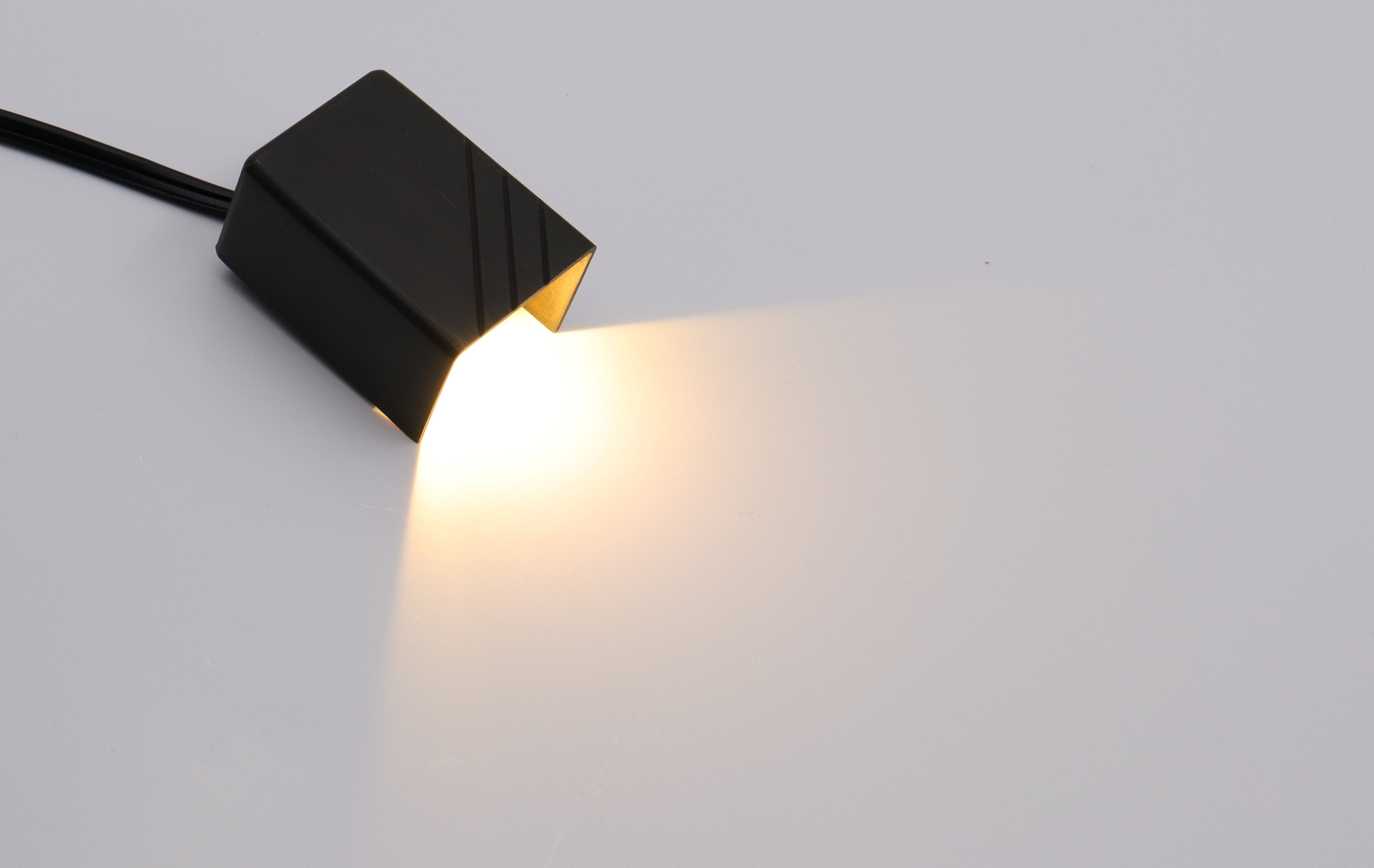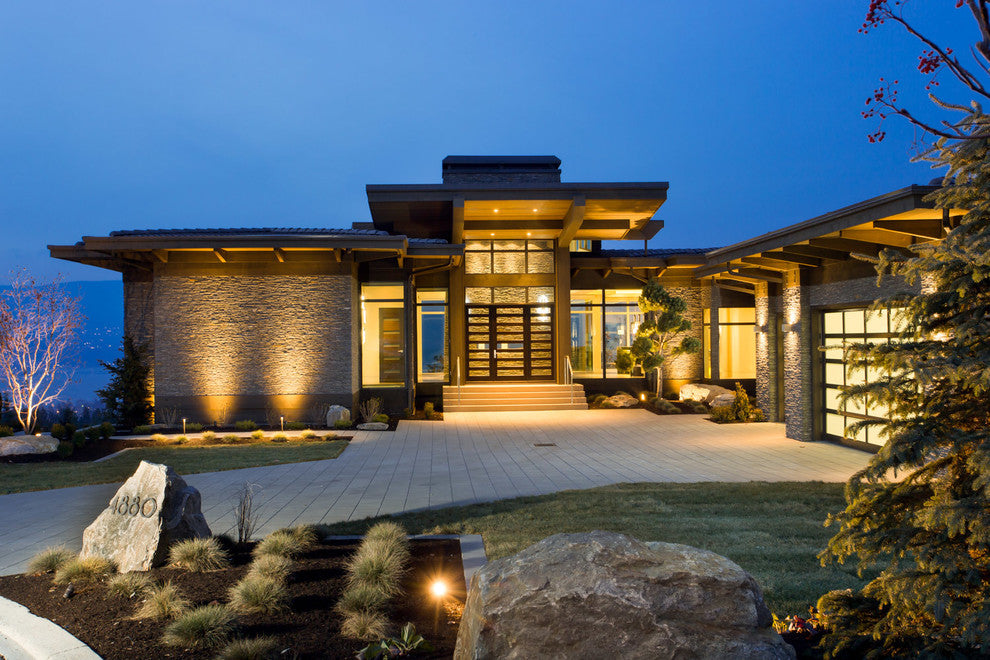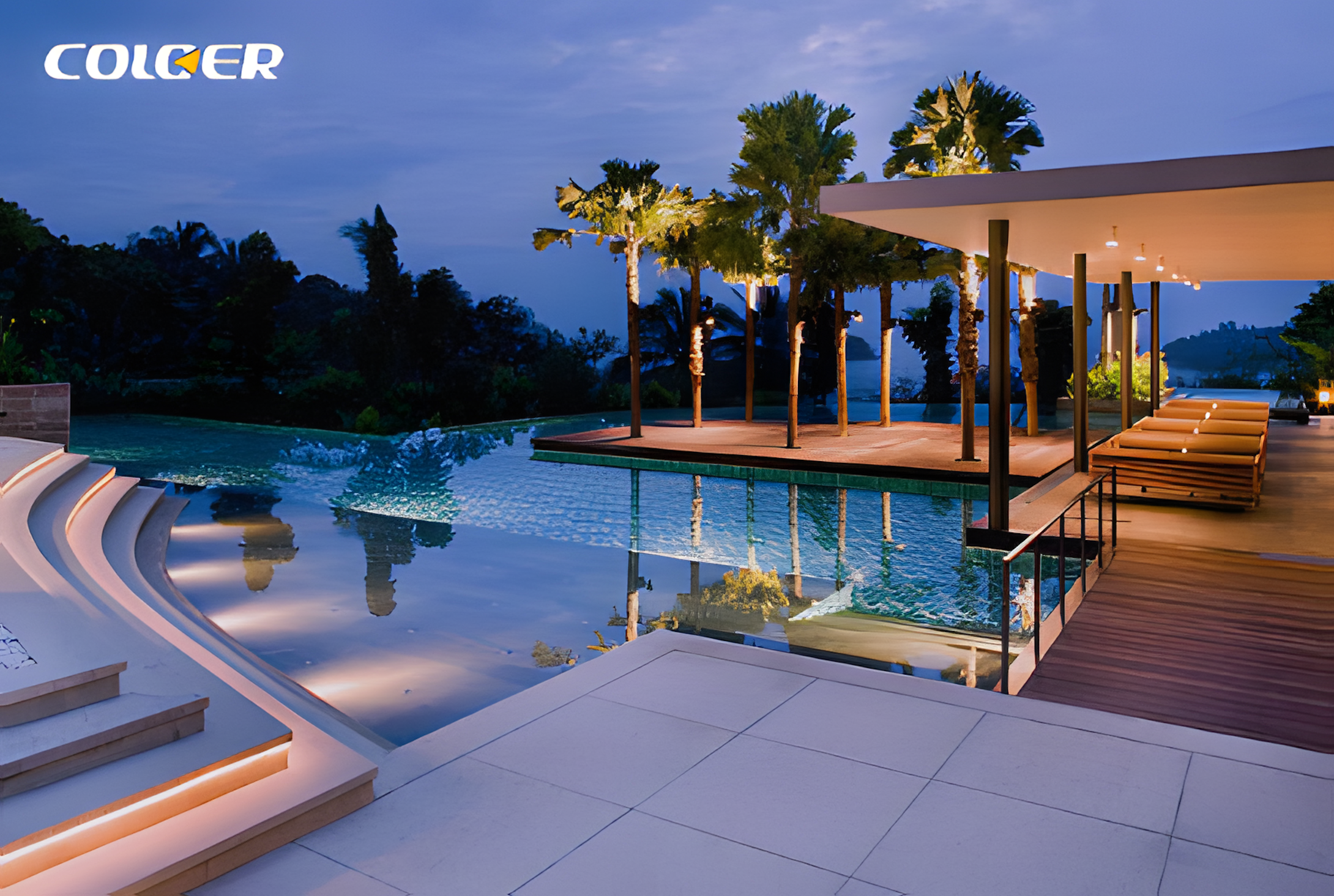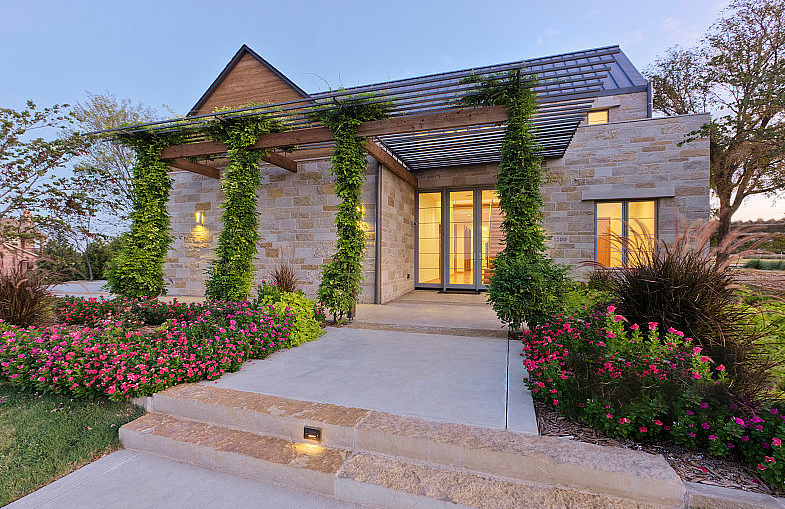When designing an outdoor lighting scheme, one of the most fundamental decisions homeowners and landscape professionals face is choosing between flood lights and spotlights. Both serve distinct purposes in landscape lighting, and selecting the right fixture can dramatically impact functionality, aesthetics, and energy efficiency. This comprehensive guide examines the key differences between these two lighting types, their optimal applications, and how to integrate them effectively into your outdoor lighting design.
Understanding the Core Differences: Beam Angle and Light Distribution
The primary distinction between flood lights and spotlights lies in their beam angles and light distribution patterns:
- Flood lights emit a wide beam, typically covering 120 degrees or more, making them ideal for illuminating large areas such as driveways, patios, or backyard spaces. The broad light spread ensures even coverage without harsh shadows, which is why they're commonly used for security lighting and general area illumination.
- Spotlights produce a narrow beam (usually less than 45 degrees), allowing for precise highlighting of architectural features, trees, or garden sculptures. Their focused beam creates dramatic contrasts and draws attention to specific landscape elements.
Industry standards categorize beam angles as follows:
- Spot beams: <25° (extra narrow), 25-40° (narrow)
- Flood beams: 45-90° (wide flood), >90° (very wide flood)
Technical Specifications: What the Numbers Mean
Luminous Flux and Brightness
A standard 75W LED flood light produces 4,500-5,000 lumens, sufficient to illuminate a 30'x30' area effectively. High-power 100W flood lights can reach 10,000 lumens, suitable for commercial applications or large residential properties. Spotlights typically range from 700-1,500 lumens but appear brighter due to light concentration.
Color Temperature Considerations
Warm White (2700K-3000K): Creates inviting ambiance for residential spaces
Cool White (4000K-5000K): Enhances visibility for security and task lighting
Daylight (5000K-6500K): Used sparingly for dramatic effects or commercial settings
Brands like COLOER offer both flood and spot fixtures with CRI (Color Rendering Index) above 80, ensuring accurate color representation in outdoor settings.

Application-Specific Recommendations
When to Choose Flood Lights
- Security Lighting: The wide coverage deters intruders by eliminating dark corners. Install above garages or along property perimeters.
- Large Area Illumination: Perfect for illuminating driveways, parking areas, or backyard entertaining spaces.
- Architectural Washing: Gently lights up broad wall surfaces without harsh shadows.
Pro Tip: For even light distribution, space flood lights 15-20 feet apart depending on mounting height and lumen output.
When Spotlights Shine
- Accent Lighting: Highlights specimen trees, sculptures, or architectural details.
- Pathway Guidance: Narrow-beam spotlights can mark steps or elevation changes.
- Directional Task Lighting: Illuminates grilling stations, outdoor kitchens, or work areas.
Design Insight: Use 30° spotlights for medium-range highlighting (15-25 feet) and 10° narrow spots for long-distance projection (>25 feet).
Installation and Positioning Strategies
Flood Light Installation
- Mount 8-10 feet high for residential applications
- Angle fixtures 30 degrees downward to minimize glare
- Space units based on the beam width at ground level
Spotlight Positioning
- Place 1.5-2 times the feature height away from the subject
- Use 38-42 degree angles for most landscape features
- Layer multiple spotlights at different angles for dimensional lighting
Expert Tip: Always consider the "lighting triangle"—position lights at 30°, 45°, and 60° angles to create depth and dimension in landscape lighting.
Energy Efficiency and Maintenance
High-quality spotlights with die-cast aluminum housings and advanced heat sinks maintain performance in extreme temperatures.
Look for IP65 or IP67 ratings for waterproof performance in both fixture types.
Maintenance Insight: While LEDs require minimal upkeep, clean lenses annually and check connections every 2-3 years to maintain optimal performance.
Combining Flood and Spot Lighting in Landscape Design
- Layered Approach: Use flood lights for general illumination and spotlights for accents
- Cross Lighting: Position spotlights from multiple angles to reveal texture
- Moonlighting Effect: Mount spotlights high in trees to mimic natural moonlight
- Shadow Play: Combine wide and narrow beams to create artistic shadow patterns
Design Principle: The 3:1 brightness ratio—accent lights should be about three times brighter than ambient lighting for optimal visual interest without discomfort.
Making Your Final Decision
Consider these questions when choosing between flood lights and spotlights:
- What's the primary purpose—general illumination or accent lighting?
- How large is the area needing coverage?
- What specific features require highlighting?
- Are there security concerns requiring wide-area coverage?
- What's the desired aesthetic effect?
Remember that most professional landscape lighting designs incorporate both fixture types to create balanced, functional, and beautiful outdoor environments.
By understanding these principles and applying them to your specific needs, you can create an outdoor lighting scheme that enhances safety, showcases your property's best features, and extends your living space into the night. Whether you choose flood lights, spotlights, or a strategic combination, proper planning and quality fixtures will ensure years of beautiful, functional illumination.






Leave a comment
All comments are moderated before being published.
This site is protected by hCaptcha and the hCaptcha Privacy Policy and Terms of Service apply.